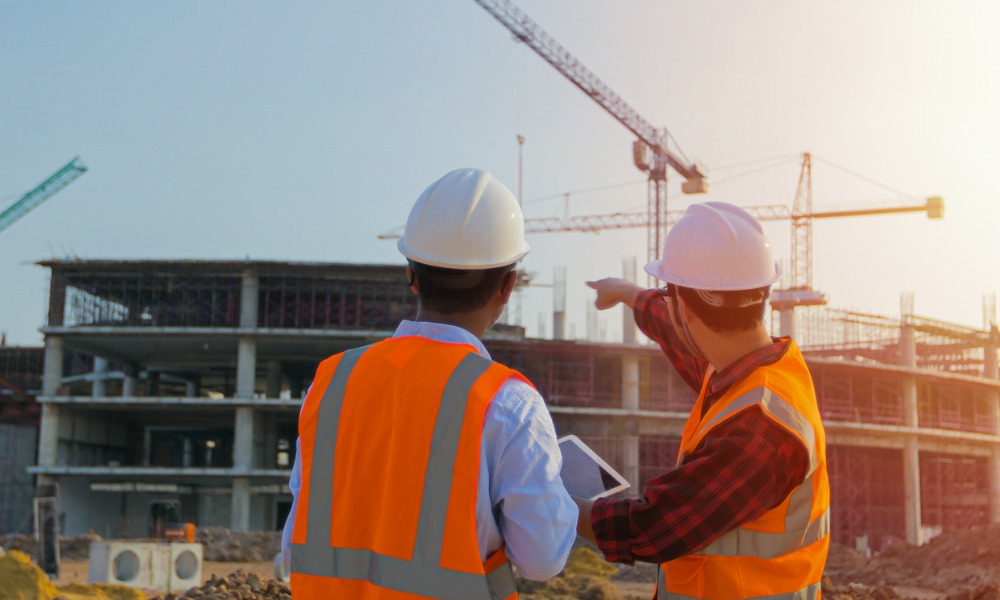It's getting more expensive to build a standard 200sqm house in NZ, expert says

The rate of indexed growth in national residential costs continues to accelerate, with both the quarterly and annual measures surpassing the previous records set just last quarter, according to CoreLogic NZ’s Cordell Construction Cost Index (CCCI) for Q3 2022.
Read more: Record-high building consents pile more strain on rising construction costs
The CCCI showed the cost to build a standard 200sqm three-bedroom, two-bathroom, single-storey brick and tile house in New Zealand rose by 3.4% in Q3, surpassing the 2.6% lift recorded over the June quarter. Annual growth hit 9.6% – nearly two percentage points higher than in the year to June (7.7%).
Kelvin Davidson, CoreLogic chief property economist, said while there were signs of a slowdown for the residential construction industry, they were small and coming off a very high base.
“Overall, dwelling consents are now declining year-on-year; however, costs are still a problem,” Davidson said. “The latest Cordell Construction Cost Index clearly shows that it continues to get more expensive to build a ‘standard’ 200sqm brick-and-tile, standalone house in New Zealand with both the quarterly and annual indexed growth measures exceeding the previous records set three months ago.”
Read next: How is the construction sector performing?
In terms of underlying drivers, timber and metal prices continue to rise, affecting framing and reinforcing, Davidson said.
The indexed model of construction costs allowed for standard build times, Davidson said, acknowledging that completion time frames had lengthened lately as some materials remain hard to procure. And as the CCCI covers a brick house, anything with timber cladding will have seen overall costs rise at an even faster pace, he said.
“Looking ahead, I wouldn’t be surprised to see the rate of construction cost accelerate further, potentially to double digits by the end of the year before it starts to ease up into 2023,” he said. “Certainly, one encouraging development in the past month or two has been the improvement in supply chain conditions, with plasterboard for example now much easier to find. This easing in cost growth will be very important in the longer term so developers and households aren’t dissuaded from taking the new-build path which critically assists in boosting overall housing supply.”



